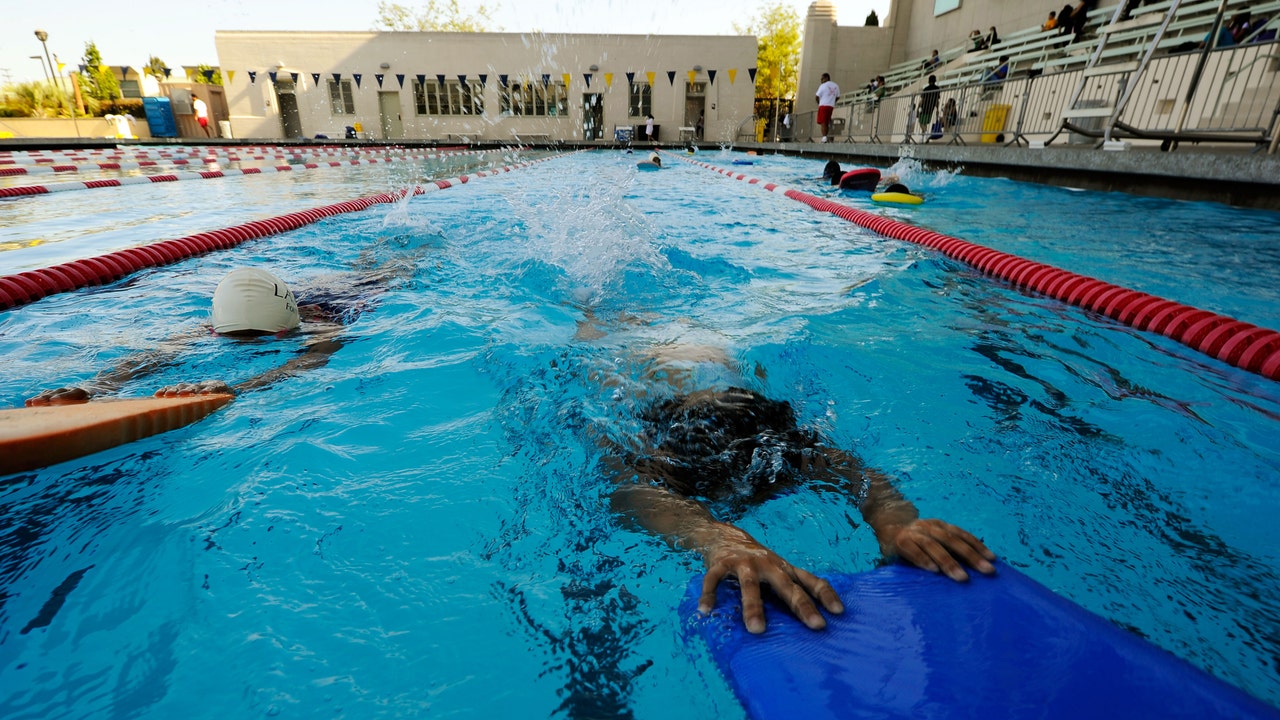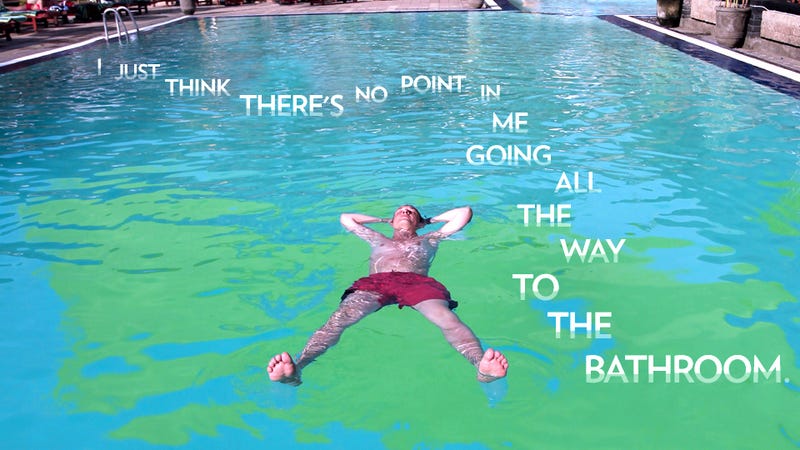An average of 17 of people pee in a pool

An Average of 17% of People Pee in a Pool

Swimming pools are undoubtedly a great way to beat the summer heat, relax, and have fun. Whether it’s a public pool or your own private oasis, the refreshing water can instantly bring joy to hot and humid days. But have you ever wondered what might be lurking beneath the calm surface?
According to a study published in the International Journal of Aquatic Research and Education, an average of 17% of people admit to peeing in a pool at least once. Now, before we dive deeper into this slightly unpleasant fact, let’s explore the reasons behind this behavior and understand the potential consequences.

A combination of various factors contributes to this phenomenon. One of the primary reasons is sheer convenience. When you’re enjoying a pool party or a refreshing swim, getting out of the water to use the restroom can be inconvenient and disrupt the fun. This leads some individuals to consider relieving themselves discreetly in the water.
Another factor that contributes to this behavior is a common misconception. Many people believe that the chlorine present in the pool will negate the effects of urine. However, this is far from the truth. Urine reacts with chlorine to form harmful disinfection byproducts, such as trichloramine and cyanogen chloride, which can cause respiratory problems and skin irritations.
Moreover, the potential health risks associated with peeing in a pool extend beyond the chlorinated byproducts. Urine contains various waste products, including urea, ammonia, and creatinine. When these substances combine with chlorine, they can lead to the production of volatile organic compounds (VOCs) that have been linked to eye and respiratory irritation.
So, why do people still engage in this unsavory behavior? It mainly boils down to a lack of awareness and education. Many individuals may not fully comprehend the consequences or understand the potential harm they are causing to themselves and others. By raising awareness and promoting proper pool hygiene, we can decrease the occurrence of this behavior and create a safer swimming environment for everyone.
In conclusion, it’s undeniable that a certain percentage of people choose to relieve themselves in pools, with an average of 17% admitting to doing so. However, the consequences of this behavior can be harmful, both for swimmers and the overall pool environment. By understanding the reasons behind this behavior and educating people about the associated risks, we can work towards reducing such incidents and creating a cleaner, healthier pool experience.
Source: International Journal of Aquatic Research and Education
Tags
Share
Related Posts
Quick Links
Legal Stuff

